The tech industry is still stubbornly male-dominated (in 2017, 79 per cent of venture capitalist funding went to all-male teams), but the proportion of female-led start-ups is on the rise.
Those companies are learning about the effect of hormonal fluctuations and menstrual cycles on women’s health, innovating around pregnancy and breastfeeding, and tackling issues like postnatal depression and the disproportionate number of women affected by Alzheimer’s.
Meanwhile, apps and online shopping are making it easier for women to experiment with tech that might still be considered taboo. This emerging industry has been dubbed ‘femtech’, and market analysts Frost & Sullivan have recently forecast that it’ll be worth $50bn by 2025.
We’re testing three femtech products that address common issues: conceiving a child, menstrual pain, and stress urinary incontinence. Now that top innovators are tackling these issues, how much better off are we?
Ava fertility bracelet
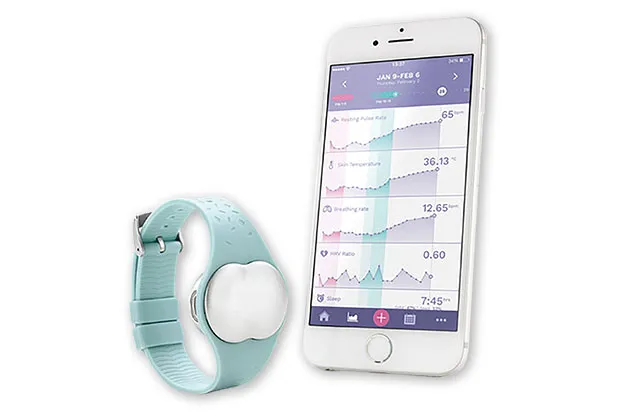
Ava is a bracelet you wear on your wrist every night, and sync to your phone every morning. It monitors your skin temperature, breathing rate, resting heart rate, heart rate variability and sleep patterns, and uses those variables to predict when you’re ovulating.
It takes a few months for the app to work at its best. For example, research says you’re most fertile two or three days before your temperature rises, so the app needs to track temperature over time to correctly predict when you’ll ovulate. Ava was tested in a year-long clinical study, and was found to detect an average of 5.3 fertile days per cycle, with 89 per cent accuracy.
Verdict
The bracelet is comfortable to wear but doesn’t hold charge well over multiple nights – so you have to pack your charger when you’re on the move. Though I wasn’t attempting to get pregnant, it identified my peak fertility window and became more accurate over time.
In addition, it gave interesting sleep data (hours slept and percentage of light sleep compared to deep and REM) and helped me track my periods. It’s a modern, more reliable version of graphing body temperature on a chart every morning like my mum did 30 years ago.HG
Elvie pelvic floor trainer
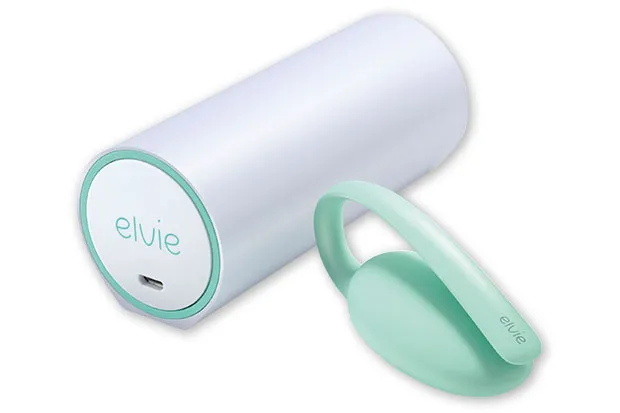
I feel a little silly standing in the bathroom trying to control a gemstone on my phone screen by squeezing my vaginal muscles. I’m testing the Elvie Trainer, which claims to help strengthen the pelvic floor by ‘gamifying’ pelvic floor exercises. Medical advice suggests that pelvic floor exercises, also known as Kegels, can be helpful in preventing incontinence due to ageing or childbirth.
The Elvie is discreet, pebble-shaped, and completely unintimidating. You simply pop it in, then sync it with the accompanying app via Bluetooth. The app uses real-time feedback to visualise your muscles as a gemstone icon on your phone screen. You then get led through exercises, across different levels, to give you a five-minute workout. For example, in one exercise you pulse your muscles to ‘jump’ the icon into targets, while in another you squeeze to hold the gemstone in a circle.
Verdict
Pelvic floor weakness can occur after childbirth and the menopause, so I’m not quite the right market for the Elvie, as I’ve experienced neither. But I did find that it made boring pelvic floor exercises interesting, and it was fun to smash targets. The device says you can see results by doing regular workouts, but I kept forgetting to exercise as I couldn’t get the app notifications to work.ALS
Livia period pain blocker
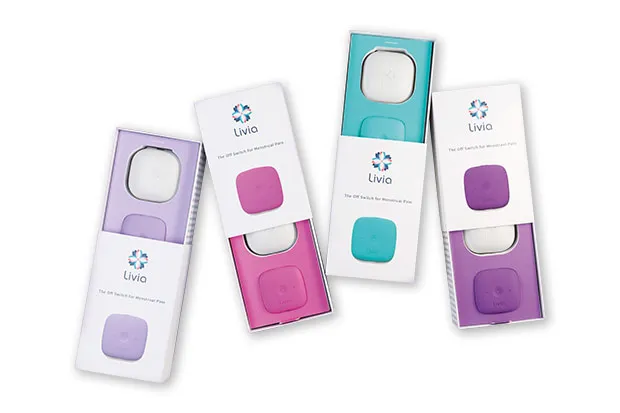
Livia promises to take away my period pain, and for that, I’ll put up with its bulky, palm-sized unit hooked on to the waistband of my jeans.
It’s a mobile TENS (transcutaneous electric nerve stimulation machine) device, which passes a current through electrodes placed on the skin. They cause a vibrating sensation that, according to ‘gate control theory’, stimulates the nerves making it impossible for the pain to pass.
Livia also claims to help release beta endorphins, further easing pain. The sticky electrodes last multiple wears and are easy to put on and take off – you can pop them on your belly or lower back, depending on where you feel your pain. You can change the intensity of the stimulation, and although the vibrations feel weird at first, your nerves adapt rapidly and after a few seconds you stop feeling them.
Verdict
Livia worked wonderfully for me on light period pain days, reducing the pain within minutes. But I get one can-barely-stand-because-of-the-pain day per cycle, and on that day I felt like I needed electrodes on both my belly and my back, whacked up to max stimulation. It would’ve taken at least two Livias to take my pain away, so I found myself reaching for the ibuprofen instead.HG
Three more products making waves in women’s healthcare
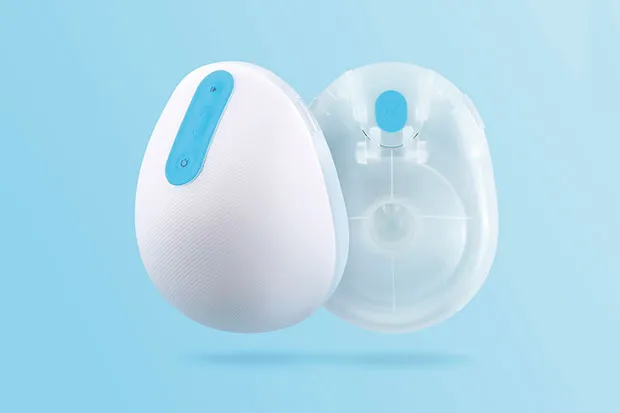
Slip theWillow wearable breast pump into your bra for hands-free pumping. It’s even quiet enough to use in a business meeting. Only available in the US for now.
$479 (£350 approx), willowpump.com
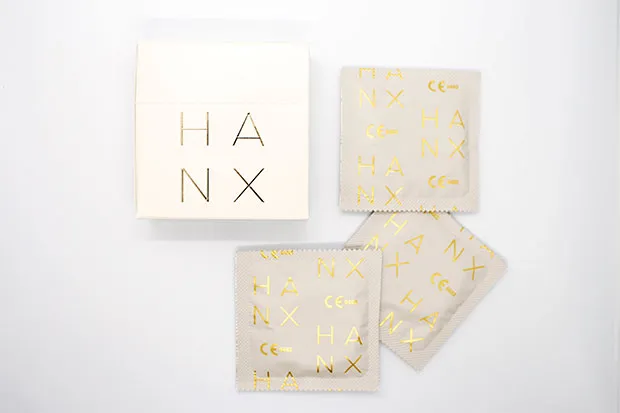
HANX vegan condoms are designed for women’s comfort as well as men’s. They’re discreetly branded and available by subscription service straight to your door.
£4.99 for a pack of three, hanxofficial.com
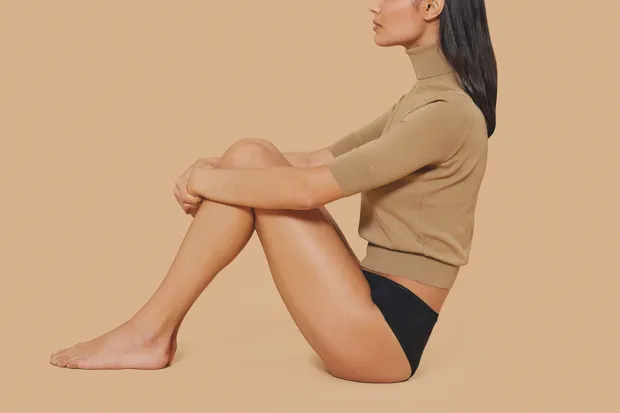
THINX period-proof underwear are absorbent and reusable, which can replace, or be used with, pads, tampons or cups. Its antimicrobial lining fights bacteria, and it can hold two tampons’ worth of fluid.
From £19, shethinx.com
This is an extract from issue 329 of BBC Focus magazine.
Subscribe and get the full article delivered to your door, or download the BBC Focus app to read it on your smartphone or tablet. Find out more
Follow Science Focus onTwitter,Facebook, Instagramand Flipboard
